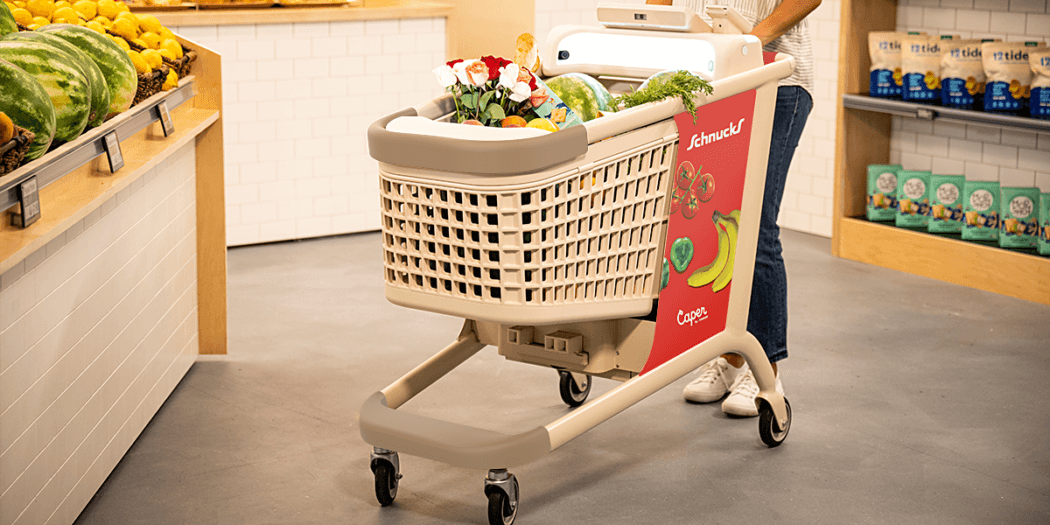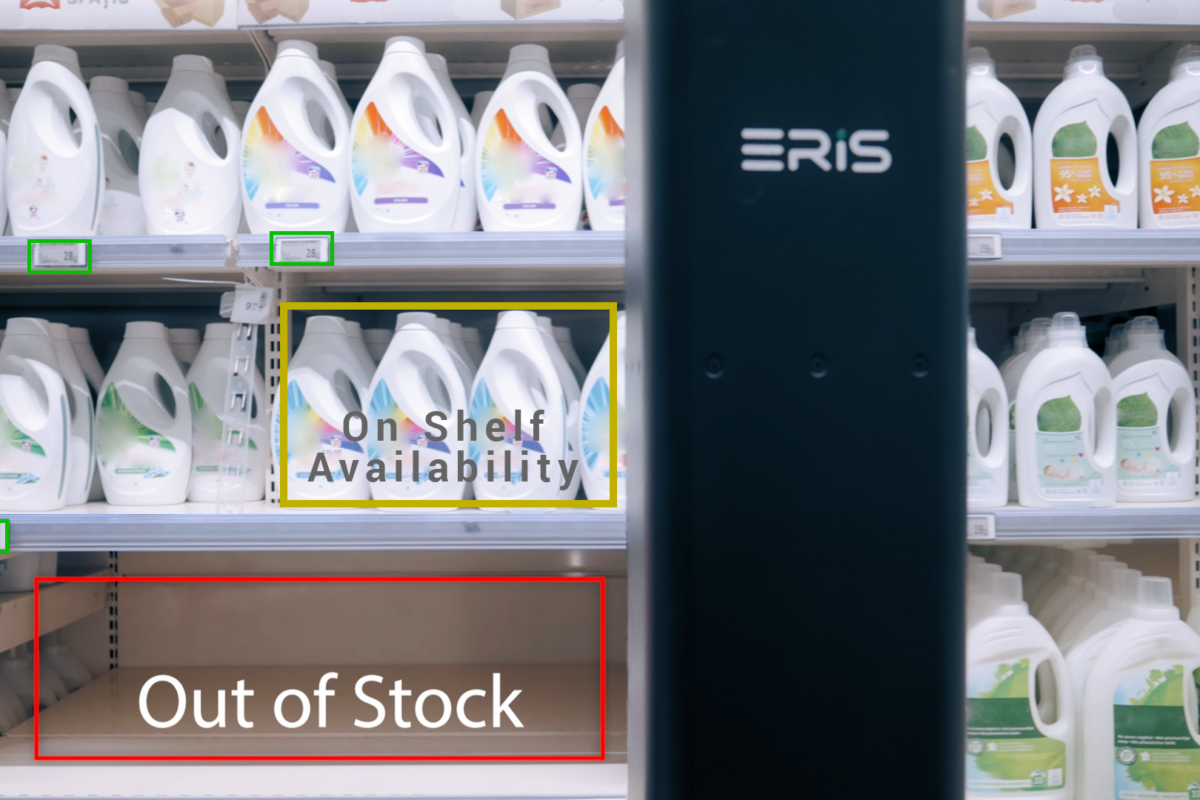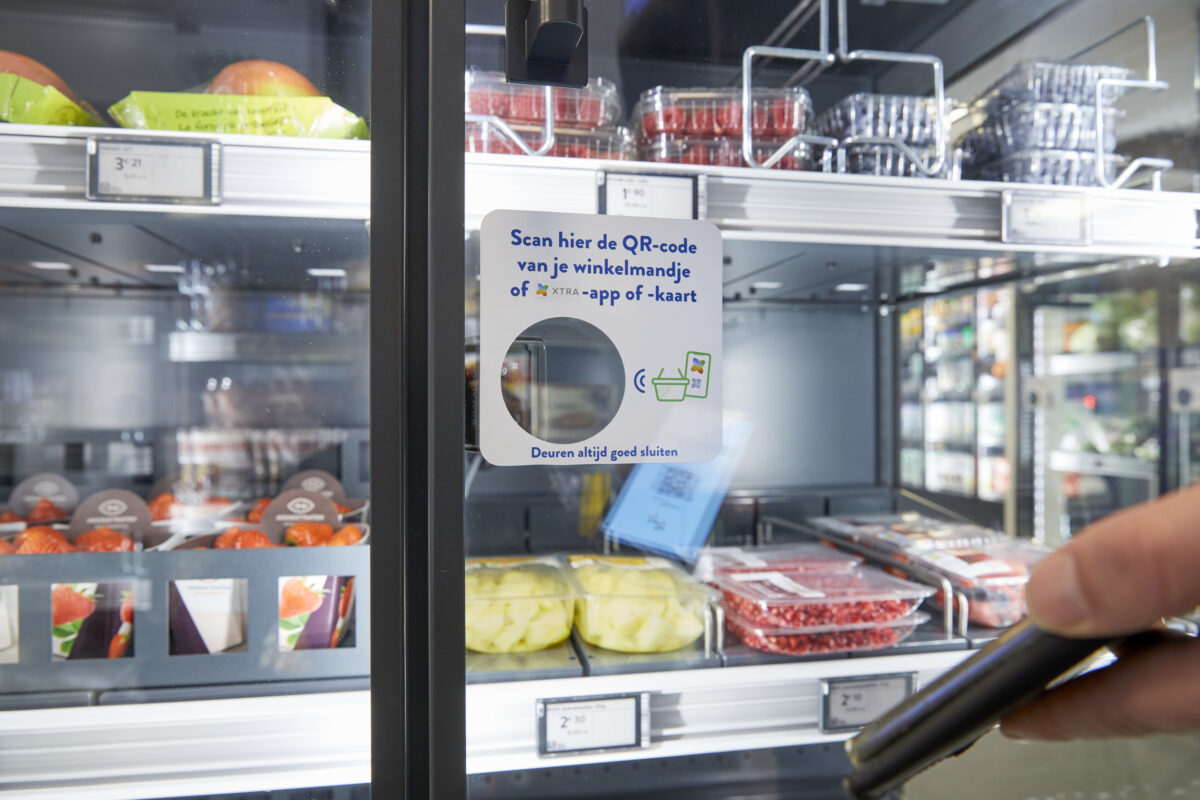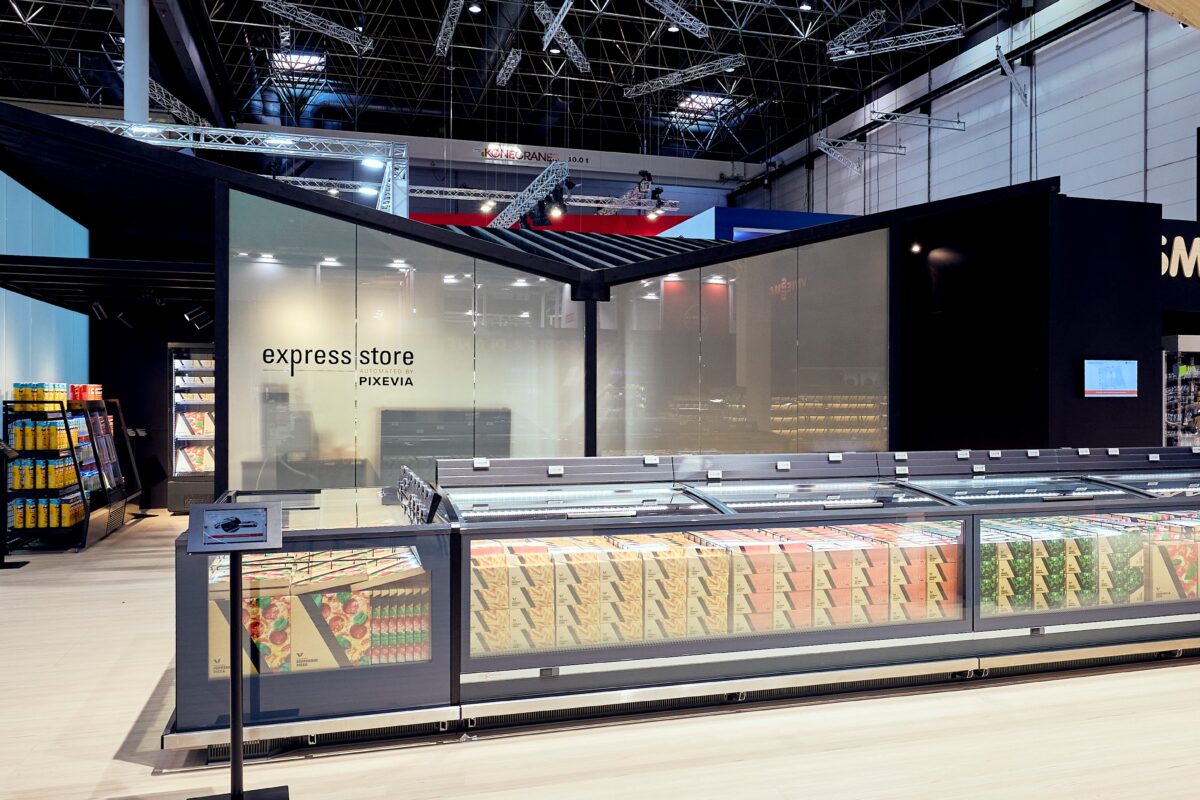Optimizing workforce and in—store inventory management thanks to Software-as-a-Service
By Katja Laska (exklusivly for EuroCIS.mag)
Successful retailers always put their customers at the center of their planning strategies and keep a close eye on employees and inventory in the process.
David Lancefield, Director of Software Solutions Sales EMEA, Zebra Technologies, explains how retailers will never lose sight of any important aspect. His secret? Software-as-a-Service solutions.
Mr. Lancefield, how has retail evolved over the last few years?

©Zebra Technologies
David Lancefield: When we look at stores today versus 10 to 15 years ago, it’s clear that retail outlets have become increasingly complex and will continue along this trajectory. Retailers must create meaningful connections with their customers and meet them at various touchpoints. In the past, you only had one point of interaction: the brick-and-mortar store. Today, retailers must connect with customers by blending online and offline channels and providing the respective options. This creates an image congruence and seamless experience for the customer that meets his or her expectations and boosts sales as a result. Adopting an omnichannel approach becomes essential for retailers to win and retain customers. However, this goes along with an exponential business process complexity. To keep up, companies must rethink and redesign business models.
Besides changing customer demands, are there other factors that influence a company’s future success?
Yes, there are several aspects that must be considered in this setting: manufacturing and production, shipping, transport, and delivery – these external factors can affect the supply chain and are difficult to assess at the moment. You must also keep the fluctuating product demand in mind. Today’s consumer buying decisions are often influenced by social media, the weather, and many other factors. Retailers must keep an eye on many aspects to optimize workforce and inventory management. After all, empty shelves anger consumers and staffing shortages only add to the dilemma if customers have questions that go unanswered.
How do your company’s solutions support modern branch operation?
We offer Software-as-a-Service solutions to enhance workforce management. Our products keep an eye on the aforementioned issues and help retailers manage their employees and inventory effectively and efficiently.

©Zebra Technologies
The former uses a task management platform to optimize the in-store workforce – ranging from scheduling to in-store deployment. The goal is to skillfully balance day-to-day responsibilities with meeting demands. The schedules can vary and change every day based on the previously mentioned factors. Another benefit of these solutions: employees can use the software just like their supervisors, allowing them to manage their own work schedules, and connect to each other. This also means they are effectively involved in the process management process.
The latter focuses on accurate demand planning. This helps retailers anticipate consumer demand and have a better assessment of where their products need to be in the supply chain to ensure more effective inventory management and full shelves at the right time. Machine learning and artificial intelligence (AI) are used to facilitate accurate forecasting. The application of these technologies and subsequent automation gives retailers large, complex data sets, which are too vast to be managed by humans. Analyzing and extracting actionable insights from data relevant to sales and workforce management would likewise be a major challenge if done manually by a human being.
Why should retailers rely on these types of software and platform solutions?
Regardless of the sector or industry, the goal is always to provide an excellent customer experience. To do this, one must optimize the processes across all touchpoints. I believe that exceptional customer service is made possible by empowered employees with clear roles. They must have sufficient time to service and help customers. This becomes feasible when other tasks – such as inventory management – are automated. Intelligent software applications and solutions provide valuable assistance in this setting.
What automation and technology trends will shape the future of the retail sector?
The year 2021 has shown us that automation is a challenge. I see a lot of potential in warehouse automation. Apart from inventory and merchandise management systems that harness the power of AI and machine learning, we will definitely see more innovations in robotics.
Will advances in automation ultimately cause job losses?
I don’t think so. I expect the same number of retail jobs in the future as we see today. However, they will have a different job scope because robots can be tasked with restocking shelves or retrieving supplies from the warehouse. This gives frontline workers more time with customers. They can have personal, face-to-face interaction, answer product questions, become in-store personal stylists in fashion stores or help customers in furniture stores furnish or design their home. I think these are exciting prospects that bode well for the retail industry’s future.




















